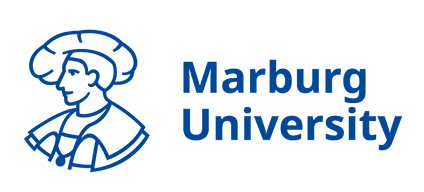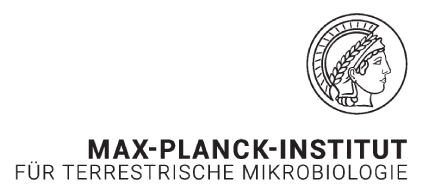Main Content
Model organism
RobuCop uses Chlamydomonas reinhardtii as a model organism due to its unique advantages for studying photosynthesis and chloroplast engineering. This single-celled, photosynthetic green alga has a short generation time and is genetically tractable, especially with regard to its chloroplast genome, making it ideal for experimental manipulation.
A key advantage of C. reinhardtii is that it contains only one chloroplast per cell, which simplifies genetic analyses and allows targeted modifications. In laboratory settings, it can be cultivated in fermenters under tightly controlled conditions. This enables automated, adaptive laboratory evolution under varying selection pressures such as different CO₂ concentrations or temperature regimes.
Importantly, C. reinhardtii can switch between autotrophic growth (using light and CO₂) and heterotrophic growth on organic nutrient media, offering experimental flexibility across a range of metabolic states.
Like many algae, C. reinhardtii must overcome the limited diffusion of CO₂ in water. To address this, it possesses a carbon concentrating mechanism (CCM), which includes a specialized structure known as the pyrenoid—an organelle-like compartment that houses densely packed Rubisco enzymes. This system actively increases the local CO₂ concentration around Rubisco, thereby enhancing carbon fixation and reducing photorespiration, which contributes to more efficient photosynthesis.
Within RobuCop, foundational work has already established robust high-throughput platforms for synthetic DNA assembly and cultivation of C. reinhardtii. Omics workflows, including transcriptomics and proteomics, have been set up to monitor molecular changes. In later stages of the project, key findings will be translated to higher plants. The consortium has established additional model systems—Arabidopsis thaliana, Medicago truncatula, and maize—for this purpose.


